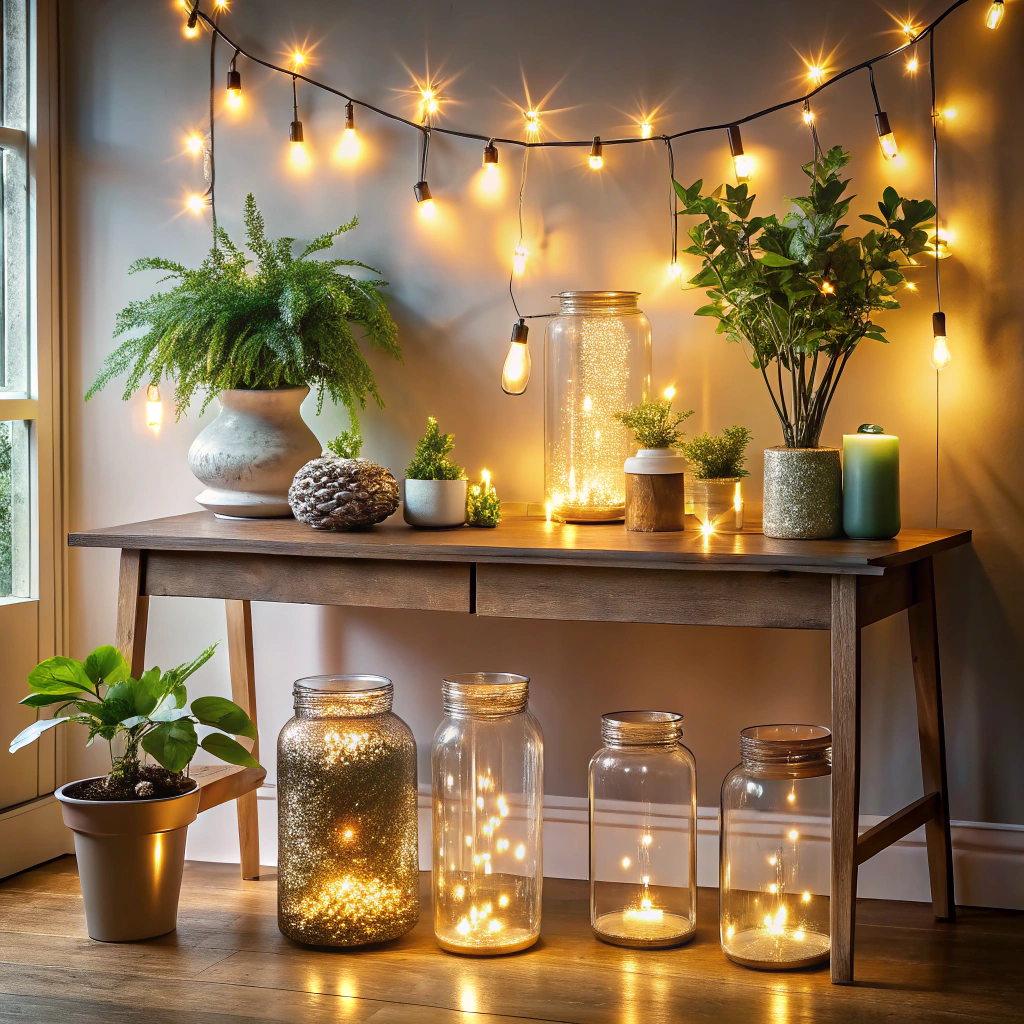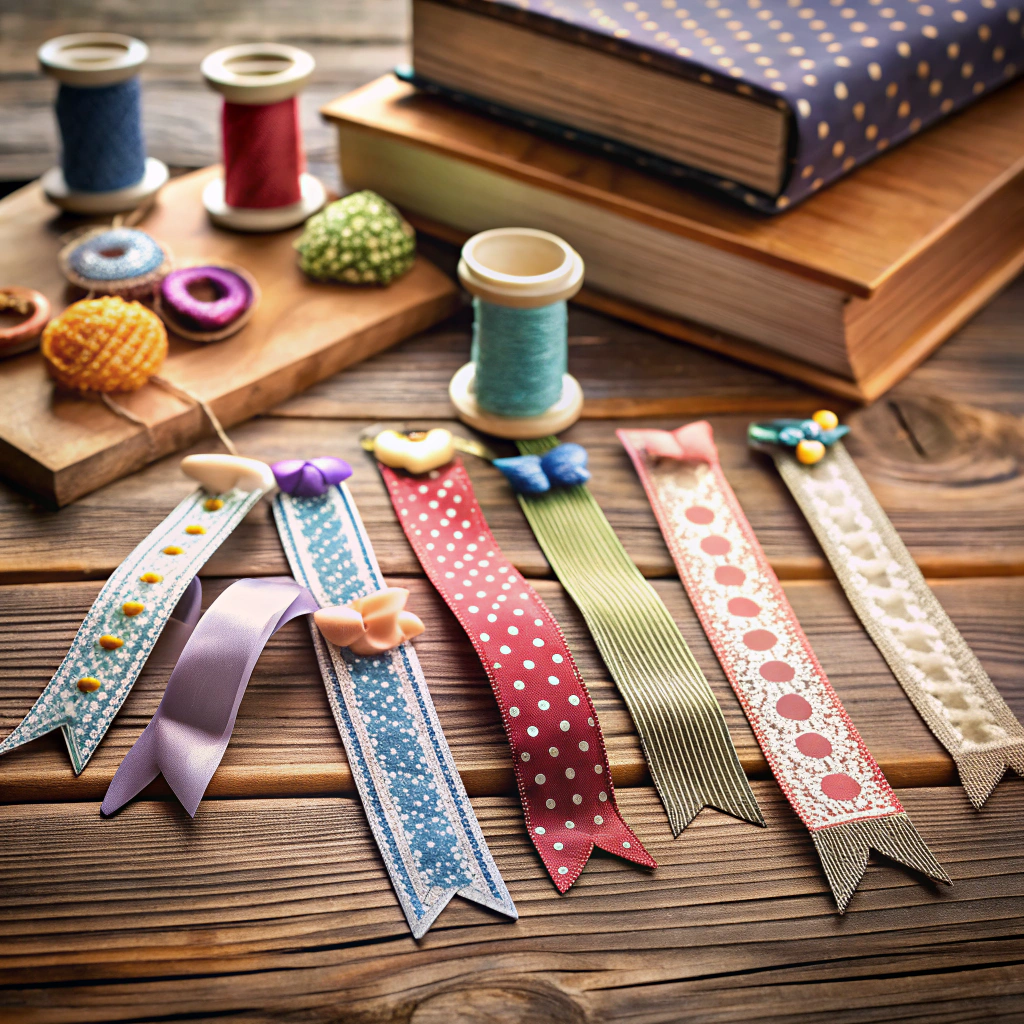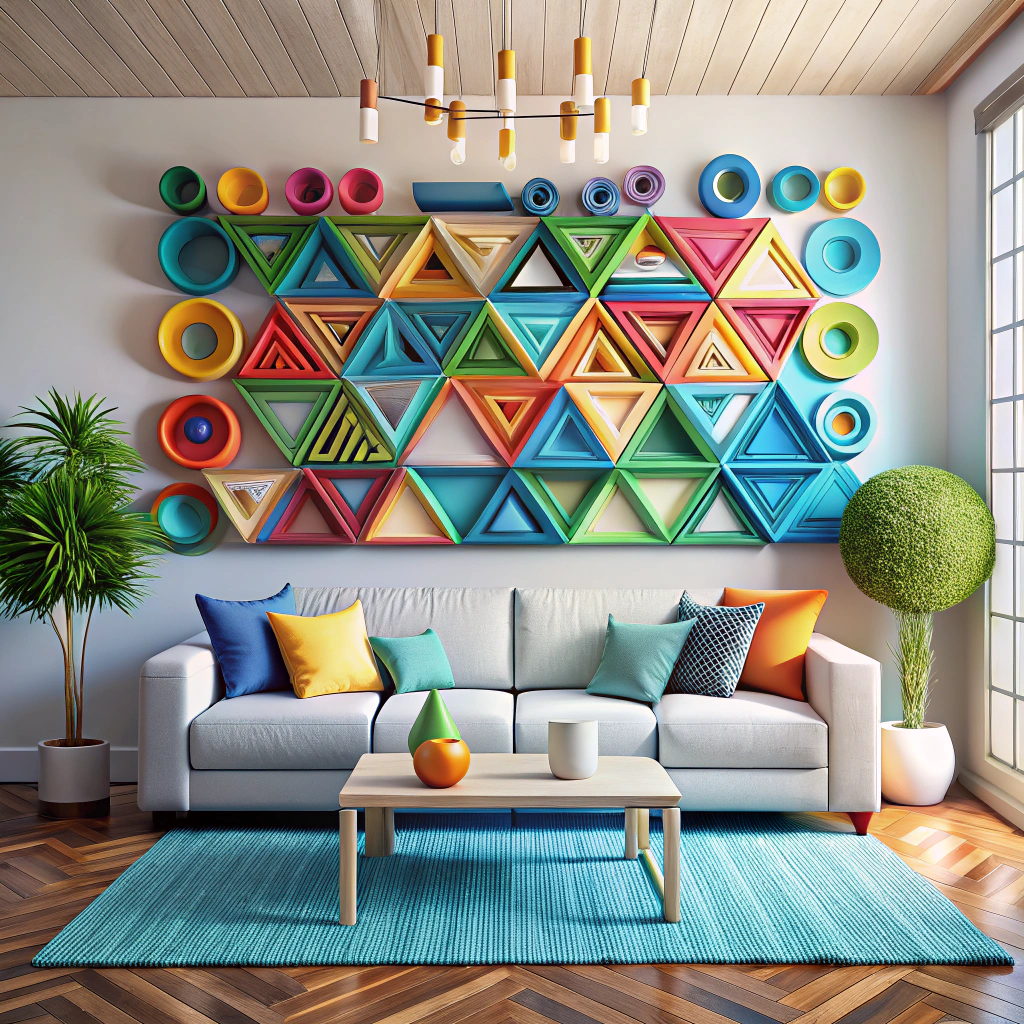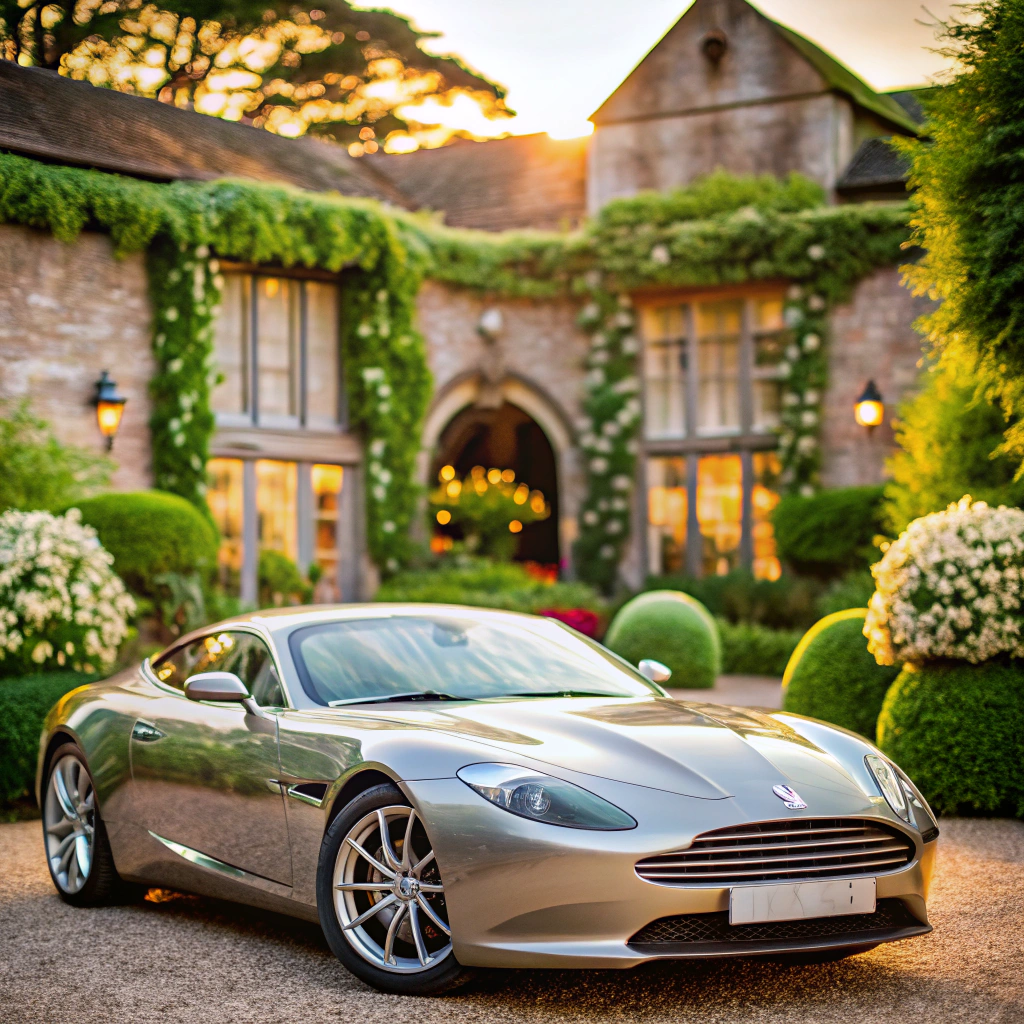Last updated on
Discover the transformative power of pendant lights as we delve into creative ways to enhance your space and elevate your interior design.
Pendant lights are the perfect addition to any home decor. They not only provide functional lighting but also add a touch of elegance and style to any room.
Whether you’re looking to create a cozy atmosphere in your living room or add some drama to your dining area, pendant lights can help you achieve the look you desire. In this article, we’ll explore some tips and tricks on how to decorate with pendant lights and transform your space into a stunning masterpiece.
So, grab a cup of coffee, sit back, and let’s get started!
Key takeaways:
- Choose the right pendant light based on purpose and style.
- Consider size and material when selecting pendant lights.
- Vary pendant light heights for depth and dimension.
- Mix and match pendant light designs for visual interest.
- Use pendant lights for accent lighting and as art.
Choosing the Right Pendant Light
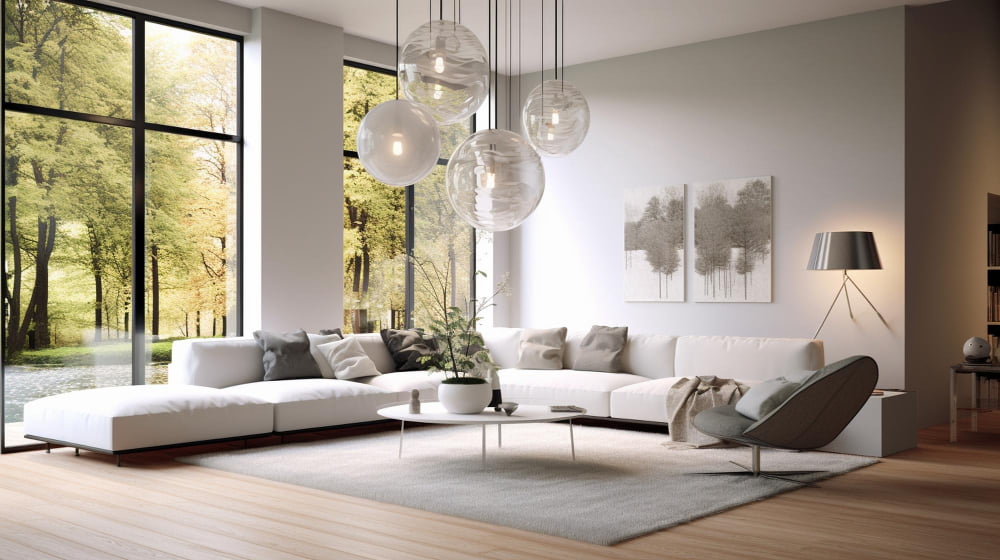
When it comes to choosing the right pendant light, there are a few things you need to consider. First and foremost, think about the purpose of your pendant light.
Are you looking for task lighting or ambient lighting? Do you want your pendant light to be a focal point in the room or blend in with other decor elements?
Next, consider the style and material of your pendant light. There are countless options available on the market today ranging from vintage-inspired designs made from brass or copper to modern minimalist fixtures crafted from glass or steel.
Another important factor is determining what size will work best for your space. Pendant lights come in various sizes so make sure that it’s proportionate with other furniture pieces within its vicinity.
Lastly, don’t forget about installation requirements such as wiring and mounting hardware which may vary depending on where you plan on placing them.
Pendant Light Styles and Materials
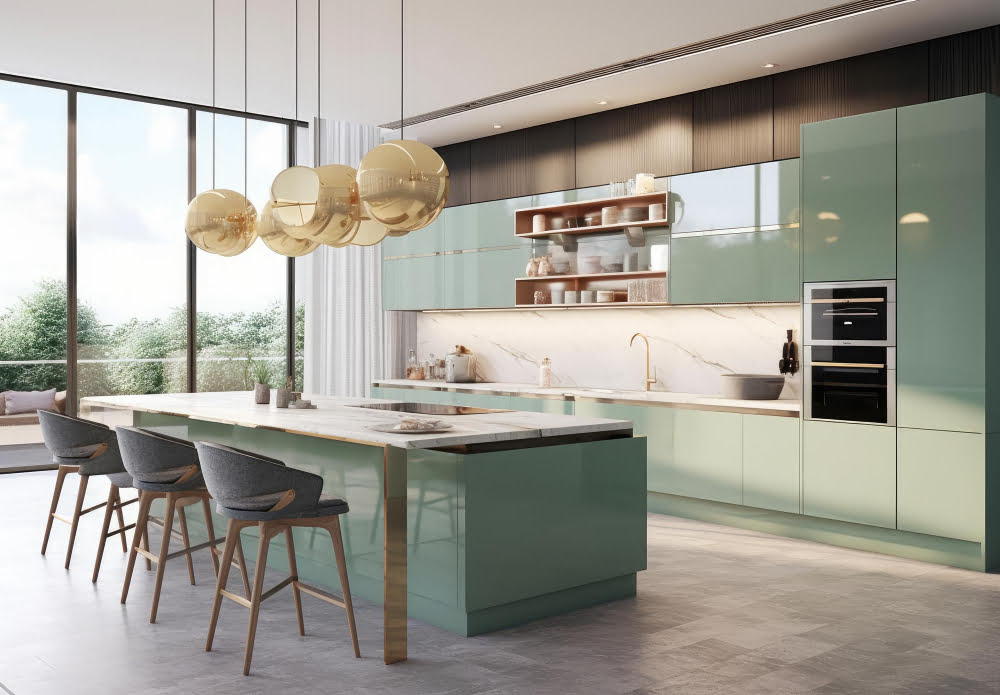
From vintage-inspired designs to modern minimalist fixtures, there’s something for everyone.
When choosing a pendant light style, consider the overall aesthetic of your space. If you have a traditional or rustic interior design theme, opt for pendant lights made from natural materials like wood or metal with an antique finish.
For those who prefer contemporary decor styles, sleek and simple designs made from glass or chrome can add sophistication and elegance.
The material used in constructing the pendant light also plays an important role in its durability and longevity. Popular options include glass (clear or colored), metal (copper/brass/stainless steel), fabric shades (linen/silk/cotton) as well as natural elements such as bamboo/wicker/rattan.
Determining Pendant Light Sizes
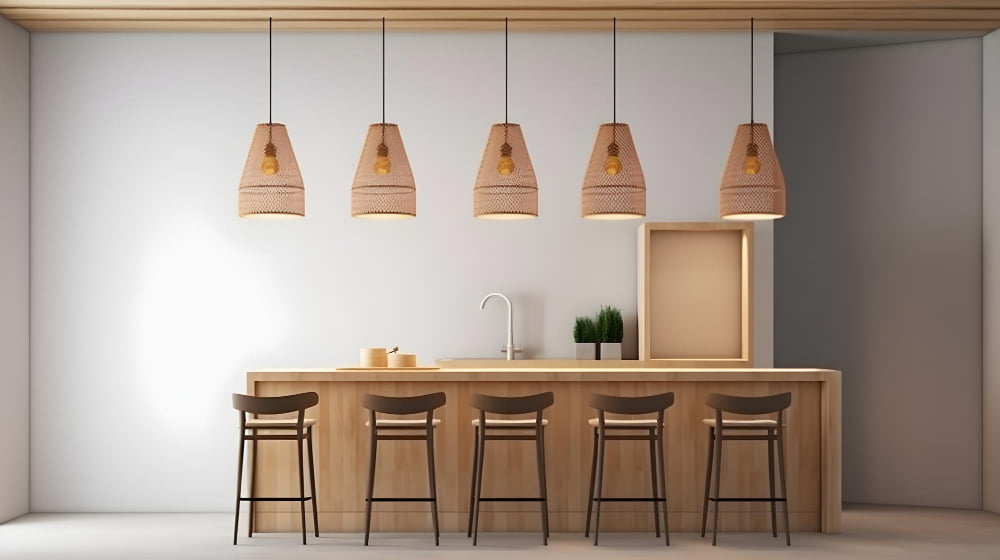
Choosing the right size of pendant light is crucial in creating a balanced and harmonious look in your space. A common mistake that people make when selecting their pendant lights is choosing fixtures that are too small or too large for the room they’re intended for.
To determine the appropriate size of your pendant light, consider both its height and diameter. For example, if you’re looking to install a single fixture above a dining table, measure the width of your table and subtract 12 inches from each side to get an approximate diameter for your fixture.
Another factor to consider when determining sizing is ceiling height. If you have high ceilings, larger pendants can help fill out space without overwhelming it while smaller fixtures may be lost in such spaces.
Varying Pendant Light Heights
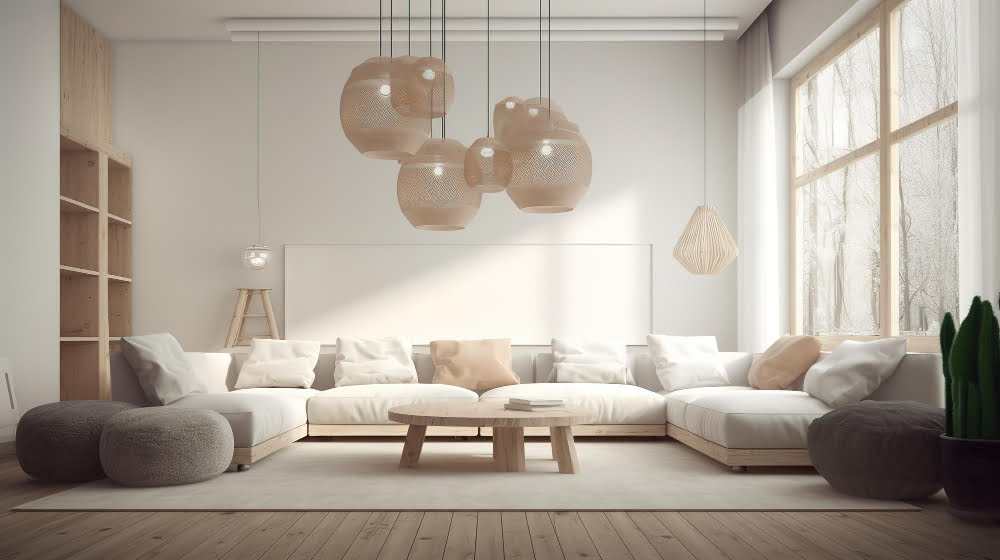
The height at which you hang your pendant light can make or break its impact on a room. Varying heights add depth and dimension to a space, creating visual interest and drawing attention to specific areas.
For example, in a dining room setting, hanging multiple pendants at different heights above the table creates an eye-catching focal point that adds drama and elegance to the space. In contrast, in a bedroom setting where you want more subdued lighting for relaxation purposes, hanging one low-hanging pendant over each nightstand provides ample task lighting while also adding style.
When it comes to varying pendant light heights within one fixture or cluster arrangement (such as over kitchen islands), consider staggering them by 12-18 inches apart from each other for optimal balance.
Mixing and Matching Designs
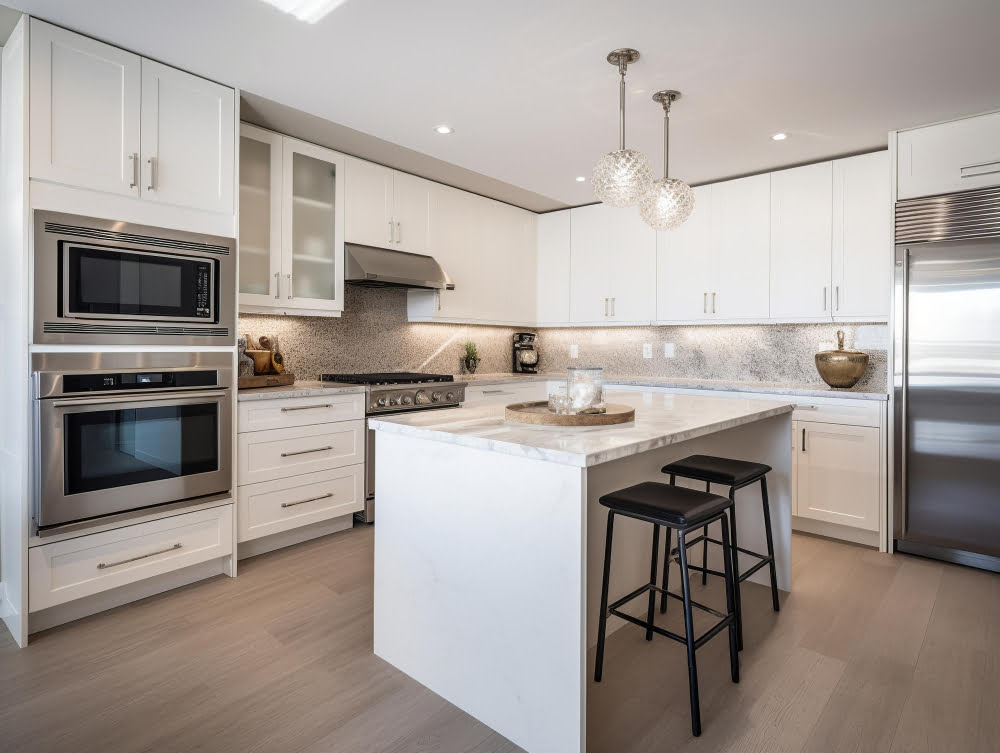
This approach can add depth, texture, and visual interest to your space. However, it’s essential to strike a balance between cohesion and contrast.
When mixing pendant light designs, consider choosing fixtures that share similar colors or materials. For example, you could pair two copper pendants with one brass fixture for an eclectic yet cohesive look.
Another way to mix pendant light designs is by varying their shapes or sizes while keeping them within a particular theme or style. You could opt for three differently shaped glass pendants in various sizes but all featuring geometric patterns.
Remember that when mixing different styles of lighting fixtures in one room – such as chandeliers alongside pendants – it’s crucial not only to ensure they complement each other but also work together cohesively as part of your overall design scheme.
Kitchen Island Lighting Ideas
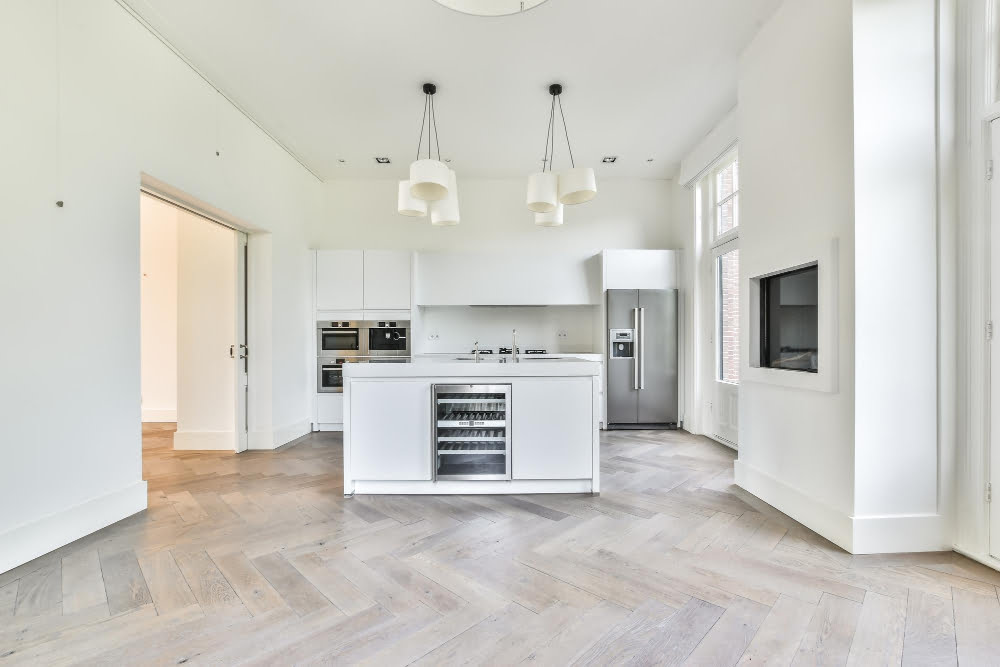
When it comes to choosing pendant lights for your kitchen island, there are a few things to consider. First, think about the size of your island and how many pendants you’ll need.
A general rule of thumb is one pendant light for every two feet of counter space.
Next, consider the style and design of your pendants. If you have an open-concept living area or dining room adjacent to your kitchen, choose pendants that complement those spaces as well.
Don’t be afraid to mix different styles or materials when selecting pendant lights for your kitchen island. For example: if you have a rustic wooden countertop on your island then try pairing it with sleek metal fixtures in contrasting colors like black or silver.
Dining Room Pendant Light Tips
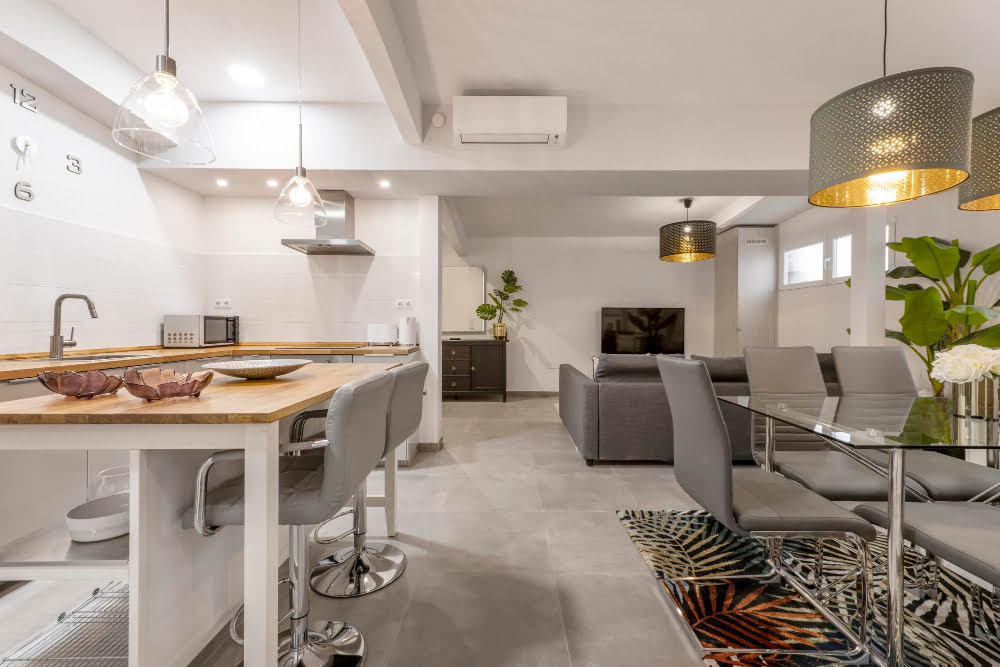
They provide the perfect amount of light for your meals while adding an elegant touch to your decor. However, choosing the right pendant light for your dining area can be tricky.
Here are some tips to help you make the best decision:
1) Consider the size and shape of your table: The size and shape of your table will determine how many pendants you need and their placement.
2) Determine the height: Pendant lights should hang 30-36 inches above a tabletop or counter.
3) Choose appropriate wattage: Make sure that you choose bulbs with appropriate wattage so that they don’t overpower or underwhelm other sources of light in space.
4) Match style with decor: Your pendant lights should complement rather than clash with other elements in space such as furniture, wall art, etc.
Bedroom Pendant Lighting
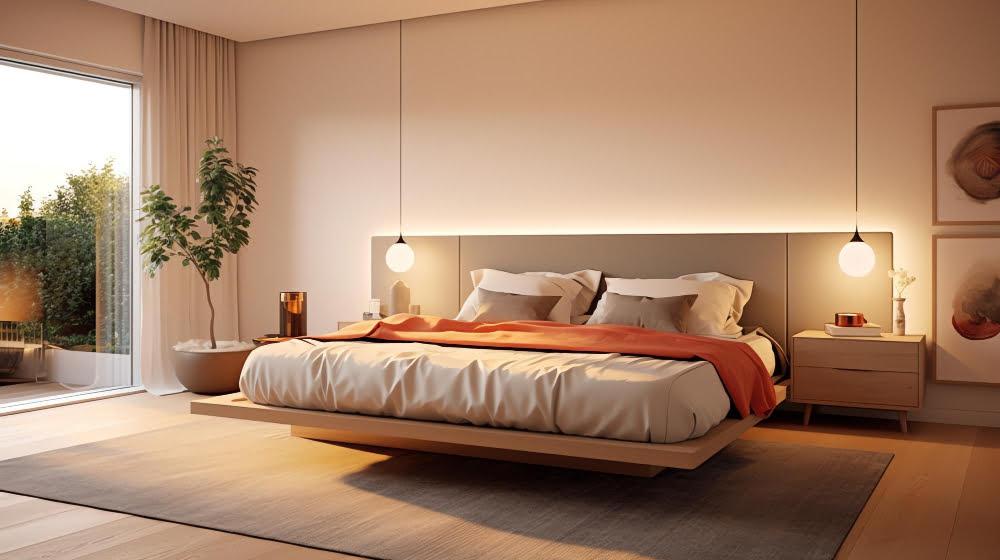
They are perfect for creating a cozy atmosphere, highlighting artwork or accentuating architectural features. When it comes to choosing pendant lights for your bedroom, consider the size of the room and the height of your ceiling.
For smaller bedrooms with lower ceilings, opt for mini-pendants or small drum shades that won’t overwhelm the space. For larger rooms with higher ceilings, you can go bigger and bolder with oversized pendants or multi-light fixtures.
When positioning pendant lights in your bedroom, make sure they are not too close to any furniture pieces such as nightstands or dressers where they could be knocked over accidentally. Also ensure that there is enough clearance between them so you don’t bump into them when getting out of bed.
Pendant Lighting for Bathrooms
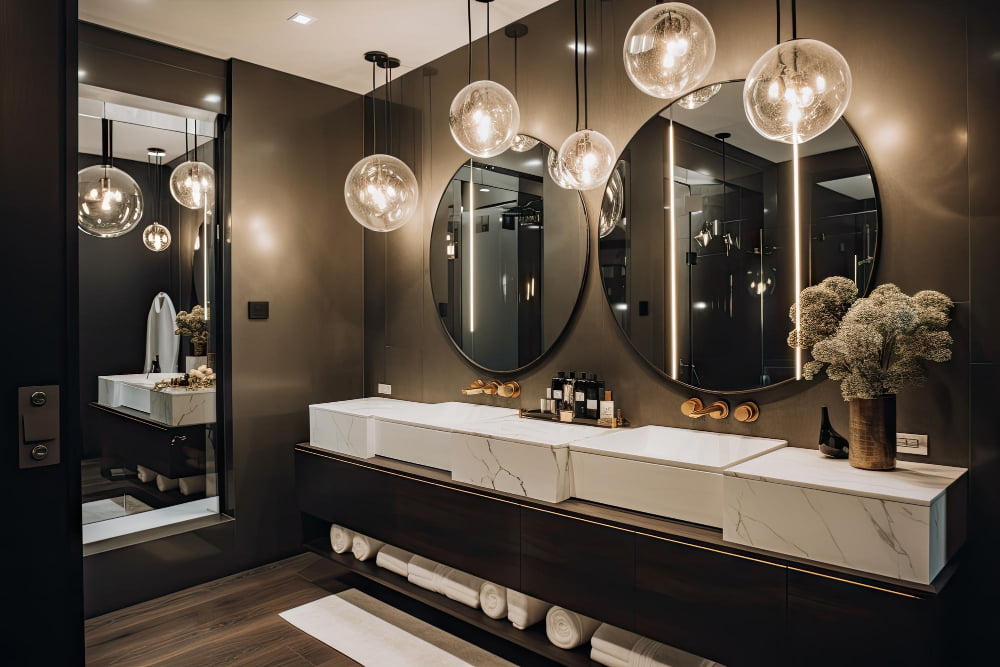
Pendant lights can add a touch of elegance and sophistication to your bathroom while providing ample light for grooming tasks. When choosing pendant lights for your bathroom, consider the size and layout of the space as well as its overall style.
For smaller bathrooms, opt for mini pendant lights or single bulb fixtures that won’t overwhelm the space. For larger bathrooms with high ceilings, you can go bold with larger statement pieces or cluster multiple pendants together.
When it comes to style, there are endless options available from sleek modern designs to vintage-inspired fixtures. Consider incorporating materials such as glass or metal that will withstand moisture and humidity over time.
In addition to adding aesthetic appeal, pendant lighting in a bathroom should also provide functional illumination where needed most – above vanities and mirrors is an ideal location. By selecting appropriate bulbs (LEDs work great) you’ll be able create an inviting atmosphere while ensuring adequate task lighting at all times.
Outdoor Pendant Lighting
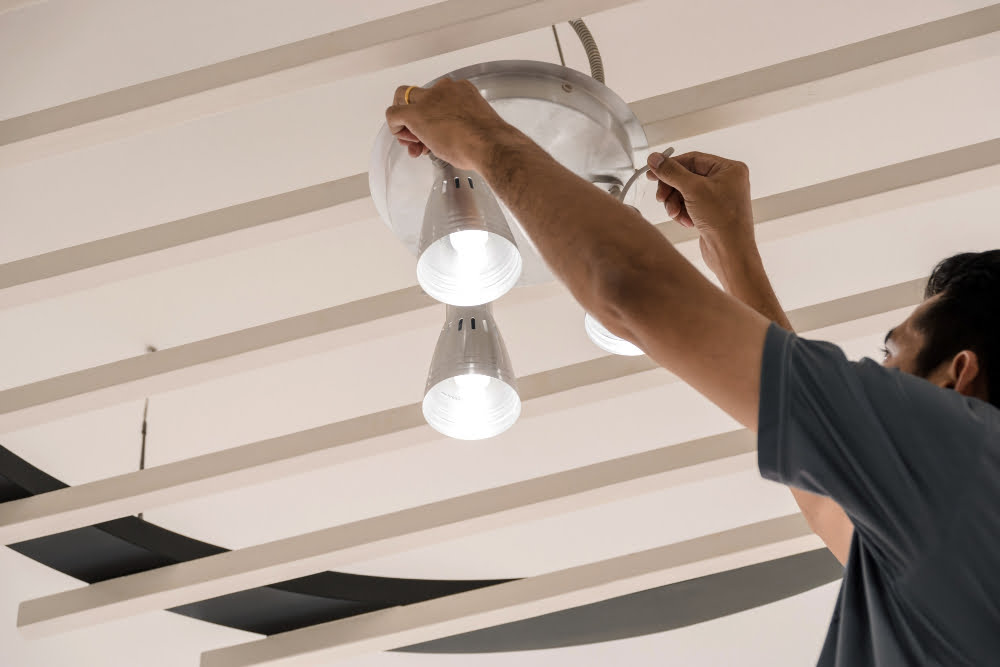
Whether you have a covered patio, deck, or pergola, pendant lights can create an inviting atmosphere for entertaining guests or relaxing with family. When choosing outdoor pendant lights, it’s important to consider the weather conditions in your area and select fixtures that are designed for outdoor use.
Look for durable materials such as metal or glass that can withstand exposure to rain and wind. You may also want to choose LED bulbs which are energy-efficient and long-lasting.
When installing outdoor pendant lighting, make sure the fixture is securely mounted using appropriate hardware. It’s also important to follow safety guidelines when working with electrical wiring outdoors.
Consider hanging multiple pendants at varying heights over an outdoor dining table or seating area for added visual interest. Or opt for one large statement piece above a cozy lounge space.
Clustered Pendant Light Arrangements
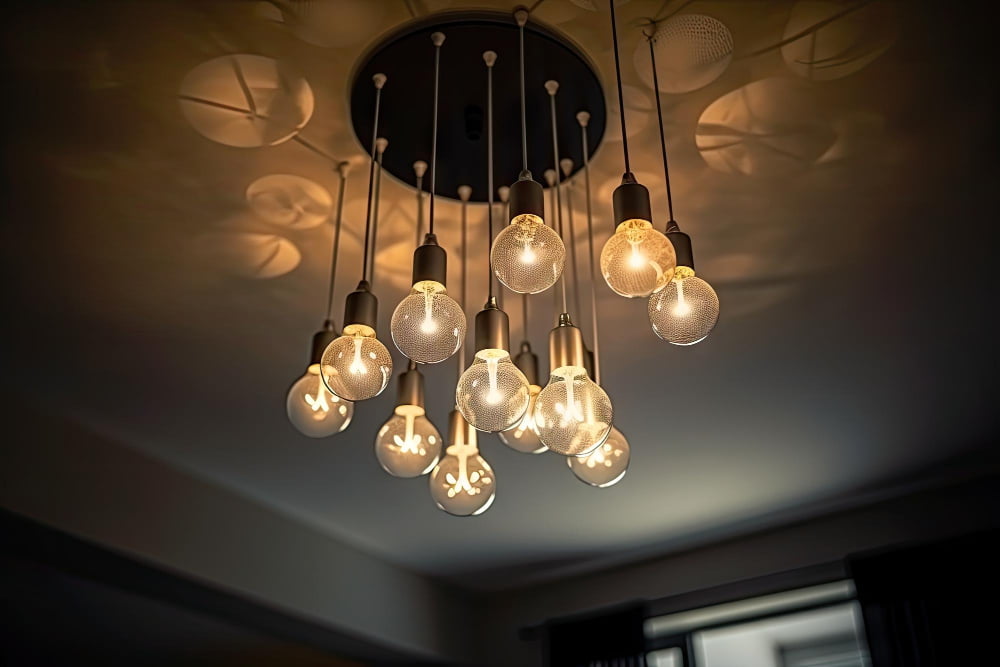
By grouping several pendant lights together, you can create a stunning focal point that draws the eye and adds depth to your space. Clustered pendants work particularly well in areas with high ceilings or large open spaces where they can make an impact without overwhelming the rest of the decor.
When creating a clustered pendant arrangement, it’s important to consider both size and spacing. You want each light fixture to be visible but not too close together that they compete for attention or look cluttered.
A good rule of thumb is to space them at least 12 inches apart from each other.
Another consideration is choosing pendants with varying heights or lengths for added dimensionality. This will help create an interesting composition while still maintaining balance within the overall design scheme.
Multi-Pendant Light Fixtures
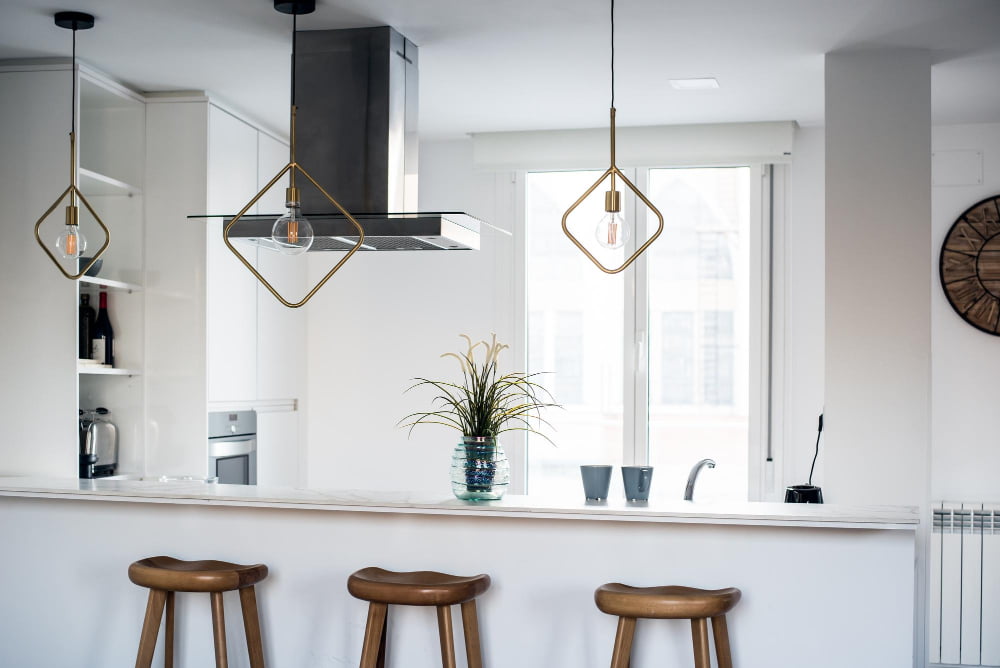
These fixtures consist of multiple pendant lights grouped together, creating a stunning visual effect. They can be used in various settings, from the dining room to the living area or even in your bedroom.
When choosing multi-pendant light fixtures, consider the size of your space and how many pendants you need for adequate lighting. You’ll also want to think about the style and design of each pendant light as they should complement each other while still standing out on their own.
One popular trend is using different shapes or colors for each pendant within a fixture. This creates an eclectic look that adds personality and character to any space.
Another option is using identical pendants with varying cord lengths for added dimensionality. This works particularly well over kitchen islands or dining tables where you want more focused lighting but still desire an eye-catching centerpiece.
Vintage and Rustic Pendant Lights
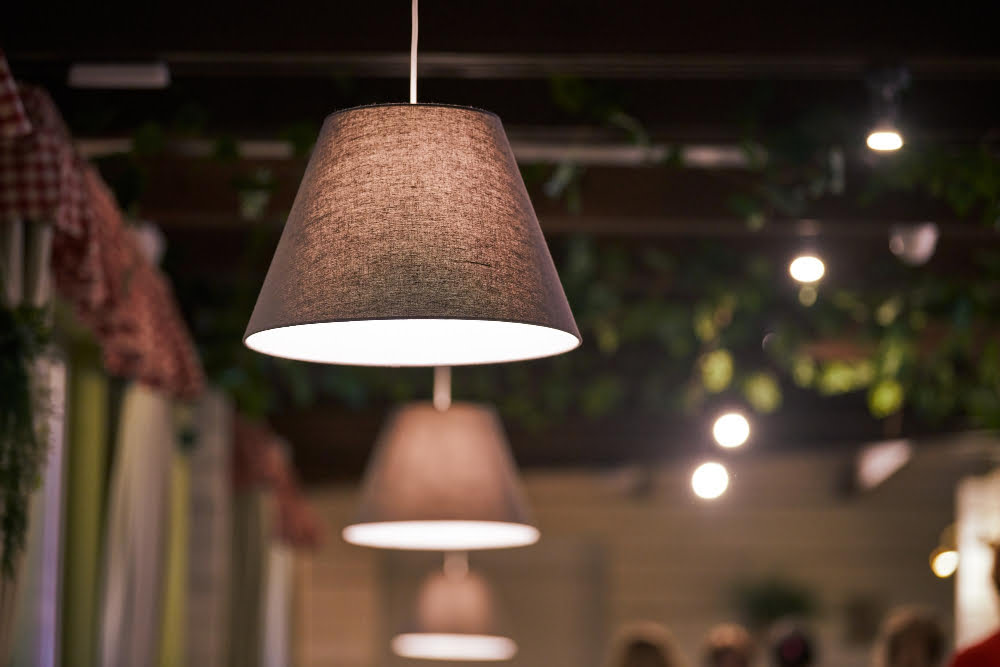
These types of pendant lights come in various shapes, sizes, and materials such as wrought iron or distressed wood. They can be used in any room but work particularly well in kitchens with farmhouse-style designs.
When choosing vintage or rustic pendant lights for your space, consider the color scheme of your room. Warm colors like brown, beige or cream will complement these light fixtures perfectly while adding an extra layer of coziness to the ambiance.
To create a cohesive look throughout your home decor using vintage pendants is also possible by incorporating other antique pieces such as old-fashioned clocks on walls or wooden furniture with intricate carvings that match the style.
Modern and Minimalist Pendants
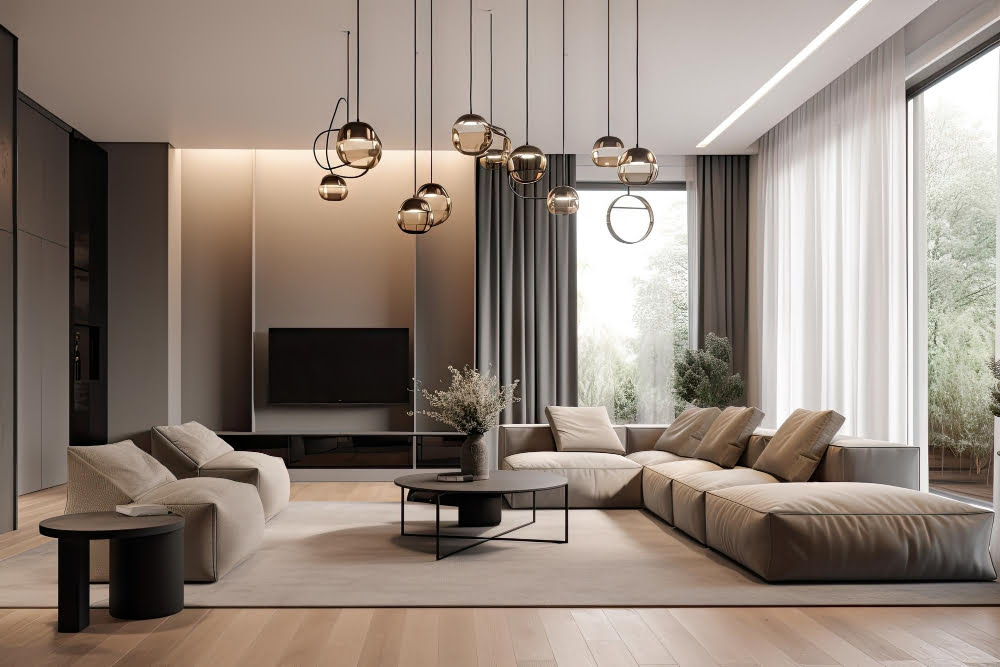
Modern and minimalist pendants offer clean lines, simple shapes, and understated elegance that can complement any decor style. These types of fixtures often feature metal or glass materials with sleek finishes like brushed nickel or polished chrome.
When choosing modern and minimalist pendant lights for your space, consider the size of the fixture in relation to the room’s dimensions. A large pendant light may overwhelm a small room while a tiny one may get lost in a larger area.
Another consideration is color temperature – cooler tones work well with modern designs while warmer hues pair better with traditional styles. You can experiment by mixing different sizes or shapes of minimalistic pendants to create an eye-catching cluster arrangement above your dining table or kitchen island.
Using Colorful Pendant Lights
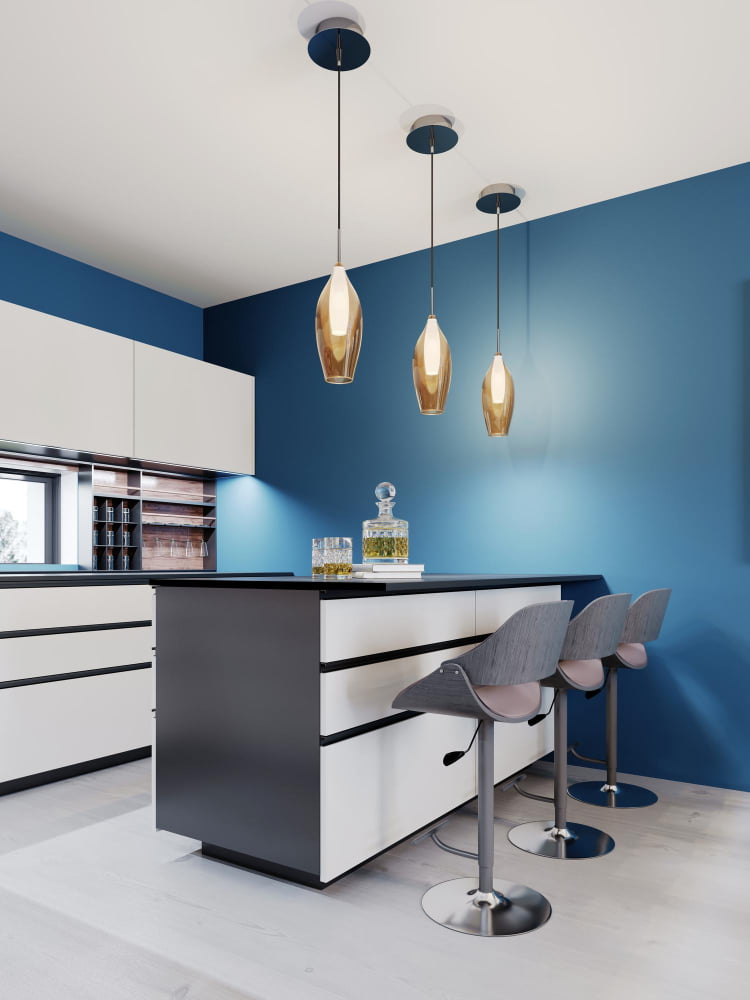
These vibrant fixtures can be used as an accent piece or as the focal point of a room. When choosing colorful pendant lights, it’s important to consider the overall color scheme of your space and select shades that complement or contrast with existing colors.
For example, if you have neutral walls and furniture in your living room, adding bright red or yellow pendant lights can create a bold statement while still maintaining balance in the room. On the other hand, if you already have plenty of colors in your decor scheme but want to add some interest without overwhelming the eye, try selecting pendants with subtle hues like pastel blues or greens.
Colorful pendant lighting is also perfect for children’s rooms where playful designs and bright hues are often preferred. From whimsical animal shapes to rainbow-colored glass shades – there are endless options available when it comes to incorporating fun and lively lighting into kids’ spaces.
Balancing Natural and Artificial Light
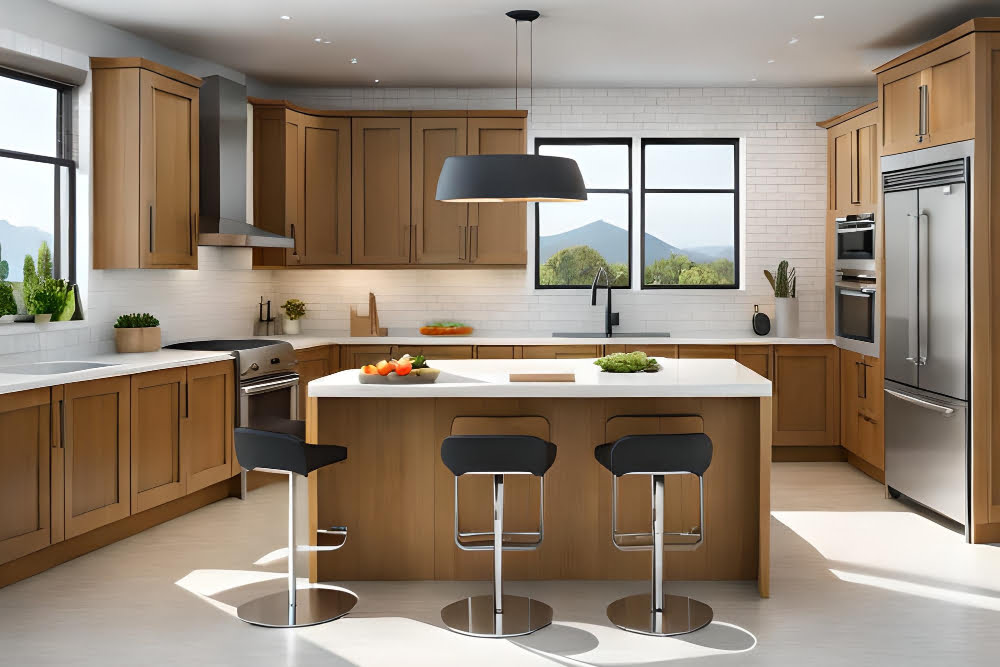
It not only illuminates your space but also creates a warm and inviting atmosphere. However, relying solely on natural light can be challenging, especially during the darker months of the year or in rooms with limited windows.
That’s where artificial lighting comes in handy. Pendant lights are an excellent way to supplement natural light sources while adding style and character to your room.
To balance both types of lighting effectively, consider using dimmer switches that allow you to adjust brightness levels throughout the day as needed. You can also experiment with different bulb temperatures (measured in Kelvin) for a more customized look.
For example, warmer bulbs (around 2700K) create a cozy ambiance perfect for bedrooms or living rooms while cooler bulbs (around 4000K) work well in kitchens or bathrooms where brighter task lighting is necessary.
Incorporating Smart Lighting Features
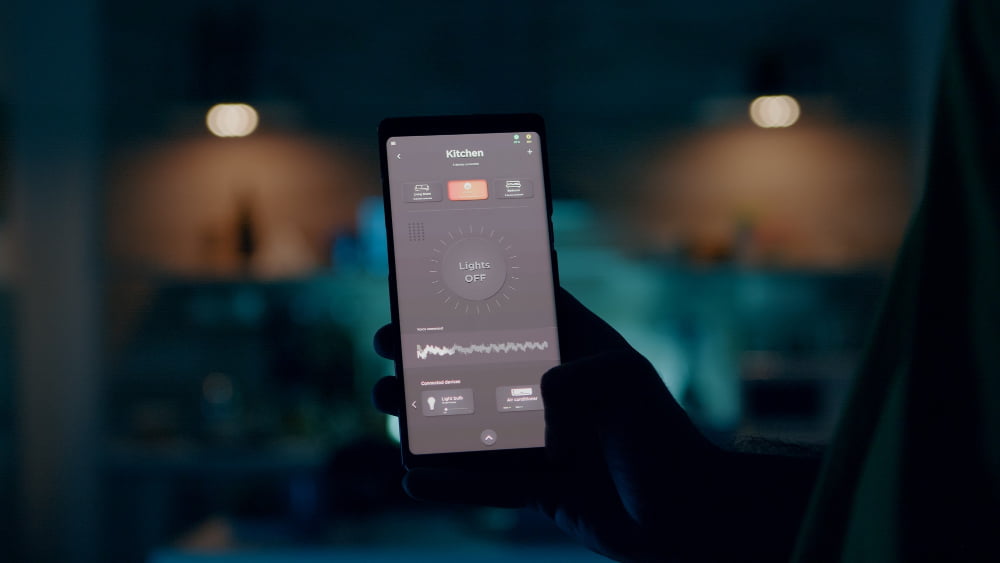
With the ability to control your lights from a smartphone or voice-activated device, you can easily adjust the brightness and color temperature of your pendant lights to suit any occasion. Smart bulbs also offer energy-saving benefits by allowing you to schedule when they turn on and off, reducing unnecessary electricity usage.
Incorporating smart lighting into your pendant light design is easy with many options available on the market today. You can choose from smart bulbs that fit into standard sockets or opt for complete smart fixtures that come equipped with built-in technology.
One great way to incorporate this feature is by using a hub system like Philips Hue or LIFX which allows you to control all of your home’s lighting through one app. This means you can set schedules for different rooms, create custom scenes based on mood or activity, and even sync up with other devices like music players for an immersive experience.
Lighting Safety and Installation Tips

Before you begin any installation process, make sure that the power is turned off and that you have all the necessary tools and equipment. If you’re not comfortable with electrical work or don’t have experience in lighting installation, it’s best to hire a professional electrician.
Another important aspect of pendant light safety is choosing the right bulbs for your fixtures. Always check the maximum wattage allowed for your specific fixture and never exceed this limit as it can cause overheating or even start a fire.
Consider where you place your pendant lights in relation to other objects such as curtains or furniture pieces. Make sure there’s enough clearance between them so they don’t accidentally touch each other when moving around.
Accent Lighting
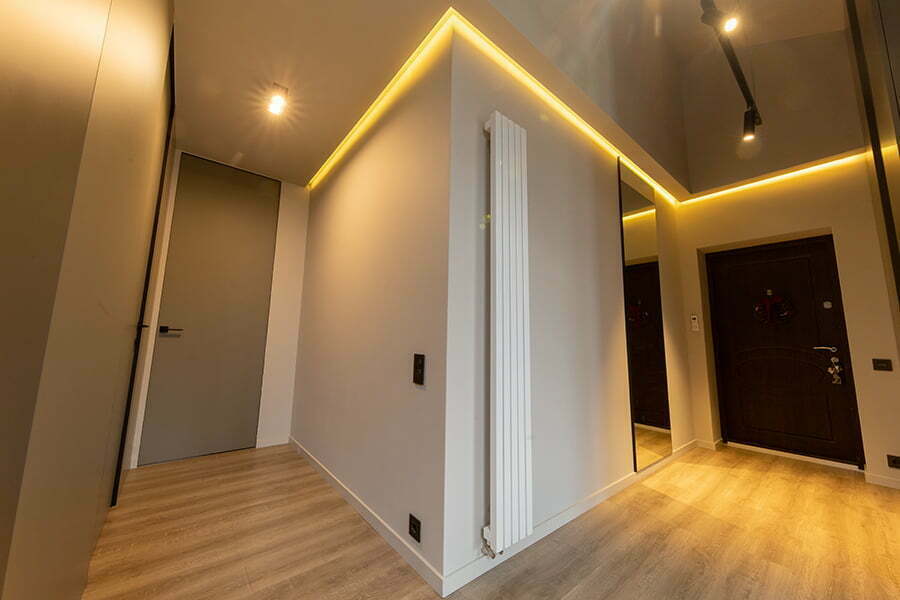
It can create a focal point and add depth to your space, making it more visually appealing. Pendant lights are perfect for accent lighting because they come in various shapes, sizes, and colors that can complement any decor style.
To achieve the best results with accent lighting using pendant lights, consider placing them above artwork or decorative pieces such as sculptures or vases. You could also use them to illuminate bookshelves or display cabinets by installing small pendants inside each shelf.
Another great idea is to use pendant lights as task lighting over workspaces like desks and kitchen counters where you need focused light for activities such as cooking or reading.
When choosing pendant lights for accent lighting purposes, keep in mind the color temperature of the bulbs you select. Warm white bulbs (2700K-3000K) are ideal for creating a cozy atmosphere while cool white bulbs (4000K-5000K) provide brighter illumination suitable for task-oriented spaces.
Pendant Lights As Art
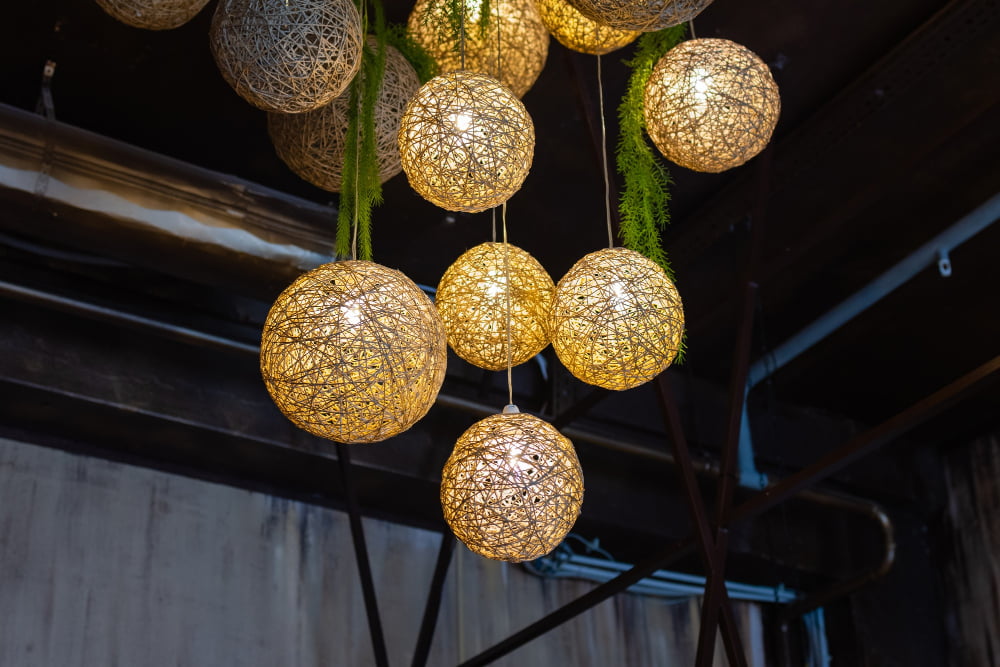
With their unique shapes, colors, and designs, pendant lights can add a touch of creativity to any room. They come in various styles ranging from vintage and rustic to modern and minimalist.
When choosing pendant lights for your home decor, consider the overall theme or style you want to achieve. If you’re going for a more traditional look, opt for vintage-inspired pendant light fixtures with intricate details such as filigree or crystal accents.
For those who prefer a contemporary aesthetic, choose sleek and simple designs that feature clean lines without too much ornamentation. Modern pendants often incorporate geometric shapes like spheres or cylinders made from materials such as glass or metal.
Whatever your preference may be when it comes to decorating with pendant lights – remember that these versatile pieces have the power to transform any space into an artistic masterpiece!.
FAQ
Where should pendant lights be placed?
Pendant lights should be placed 30-36 inches above the countertop, maintaining this distance between the counter’s top and the pendant’s bottom.
What are the rules for pendant lighting?
Pendant lighting rules: Hang pendants 12-20 inches below an 8-foot ceiling, add 3 inches for each additional foot of ceiling height, and measure up from the surface being lit for pendant height.
How do you swag a pendant light?
To swag a pendant light, connect the light fixture from the ceiling junction box to the ceiling mount, adjusting its length on the hook, and securing the cord with a screw before installing the light bulb.
Where should pendant lights hang over vanity?
Pendant lights should hang above the top of the vanity mirror, and if placed to the side, they can hang slightly lower but still above head height.
How can pendant lights be incorporated into different interior design styles?
Pendant lights can be incorporated into different interior design styles by adapting their design, materials, and placement to match the aesthetic and mood of the specific style.
What are the factors to consider when choosing the right pendant light size and shape?
When choosing the right pendant light size and shape, consider factors such as room size, ceiling height, and desired style while keeping in mind your lighting needs, overall design, and space utilization.
How can you effectively layer pendant lighting with other types of light fixtures?
Effectively layer pendant lighting with other types of light fixtures by combining it with ambient, task, and accent lighting to create a balanced and functional lighting design.
Recap:
